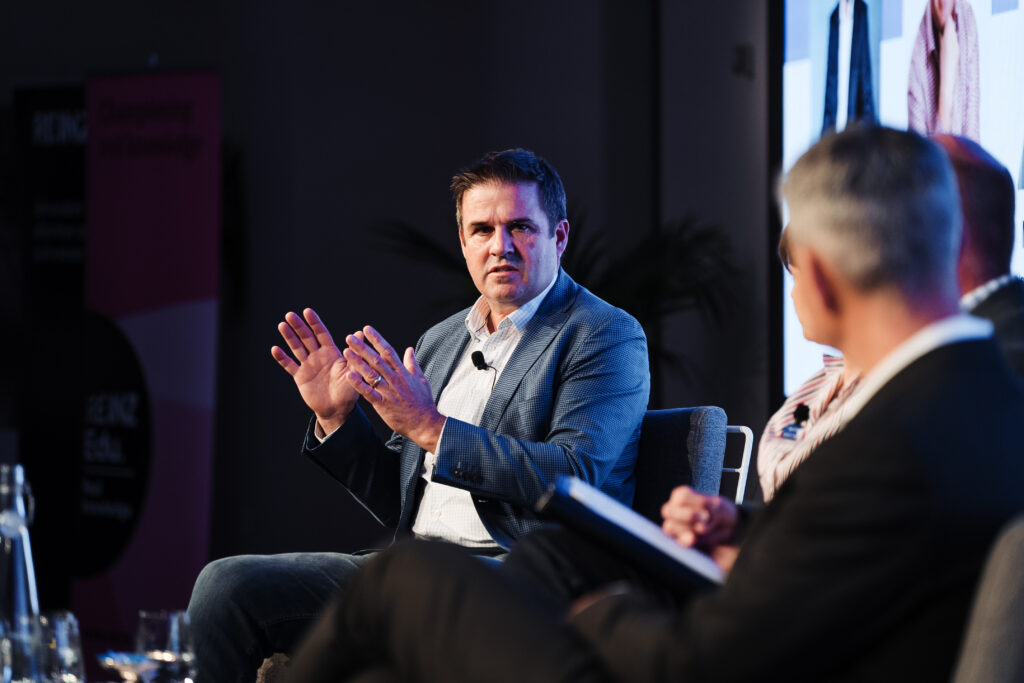
While undoubtedly there are lawyers with meth habits, this is not what this post is about! Sorry to disappoint those looking for salacious tittle tattle.
This post focuses on what the legal profession that supports real estate professionals (sales and property management), where property related meth risk is concerned.
Overcoming a reluctance to change
The challenge for any risk management business, is that the people whose habits contribute to the risk are often reluctant to change. So, rather than a light bulb moment of risk realisation, you can end up with a profound and sometimes aggressive push back.
Use of the words ‘scare mongering’ and pointing out the obvious vested interest in a service solution provider highlighting risk are easy. However, where that risk is real, this smoke screening simply delays engagement with reality and increases the harm that can arise.
So, having an independent third party confirm the reality of risk is kind of handy!
So what does the legal profession supporting real estate professionals have to say about meth risk?
Richard Hern is a partner at Wynn Williams. Miles Stratford, CEO of Safe & Healthy Home Solutions, recently sat on a panel at the 2025 REINZ RPM Conference, where the impact of mistakes they have seen real estate professionals make were discussed. Also on the panel was Megan O’Callaghan, Barfoot and Thompson In-house Adviser on the Head office Property Management Team.
While Miles’ focus was very much on risks related to methamphetamine, Richard’s focus was broader. Among the examples he shared, were a number of claims against real estate professionals which arose due to their inability to effectively manage the risks presented by meth related behaviour and contamination.
Richard’s perspective that methamphetamine related behaviour presents a real and worsening risk to real estate professionals, was reinforced by Megan. Their experiences of consequence, mean both see this as a risk worth managing.
What to do about meth risk?
For years we have advocated for organisations to put in place policies and procedures that allow the risk to be actively managed. As a minimum, these procedures should include structured conversations that means clients are making fully informed decisions. The conversations team members have, should then be backed up with confirmation in writing of what decision a client made. Where discussions are ongoing, notes should be made against a client file. These contemporaneous notes may not stop the complaints from coming in, but they will make it easier for people like Richard and Megan to defend.
Here to help
As a meth risk management business, we are here to help. We have training available to raise the awareness of staff where this risk is concerned. Make it part of a new team member’s induction programme and they will be set up for success from the start of their time with you.

